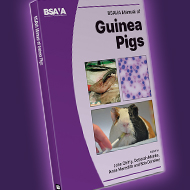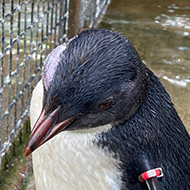Viruses which are hosted by more resilient species can increase in abundance.
A new study conducted in Ivory Coast has found that when habitat destruction causes a decrease in biodiversity, some viruses can become more prevalent.
Researchers from the Leibniz Institute for Zoo and Wildlife Research and Charité – Berlin University Medicine recorded the number of mosquitoes and the viruses they carried at several locations in Taï National Park.
These locations ranged from untouched rainforest to areas cleared for coffee or cacao plantations or human settlements.
Led by Professor Sandra Junglen, the research team discovered that as the number of species of mosquitoes decreased as rainforest was cleared, the more resilient mosquito species increased in number, as did the prevalence of the viruses they hosted.
Prof Junglen said: “This means that the clearing of tropical rainforests causes a decrease in the diversity of mosquito species, which changes the composition of host types. Some resilient mosquito species have multiplied very successfully in the cleared areas, bringing their viruses with them.”
Five of the 49 viruses they found were more abundant in habitats that had been disturbed, with the greatest abundance in human settlements. Infection rates, however, did not rise, showing that the increase was owing to greater numbers of the host. Four other common viruses were found in multiple habitats, but did not increase in prevalence.
All of the viruses found by the researchers were ones which do not currently infect humans.
Prof Junglen added: “If one host species is very abundant, it is easier for viruses to spread. All of the viruses we found to be more common were demonstrated to be present in a certain mosquito species.
“The viruses belong to different families and have different properties. That means we were able to show for the first time that the spread of the viruses is attributable not to a close genetic relationship, but to the characteristics of their hosts – especially those mosquito species that adapt well to changing environmental conditions in habitats that have been disturbed.”
For the next stage of their research, the team are planning to study more habitats in other countries to try to pinpoint the factors that influence the biodiversity of mosquitoes and identify the characteristics that viruses need to spread with their hosts.
The study, ‘Mosquito community composition shapes virus prevalence patterns along anthropogenic disturbance gradients’, has been published in the journal eLife.
Image (C) Shutterstock






 The Federation of Independent Veterinary Practices (FIVP) has announced a third season of its podcast, Practice Matters.
The Federation of Independent Veterinary Practices (FIVP) has announced a third season of its podcast, Practice Matters.
